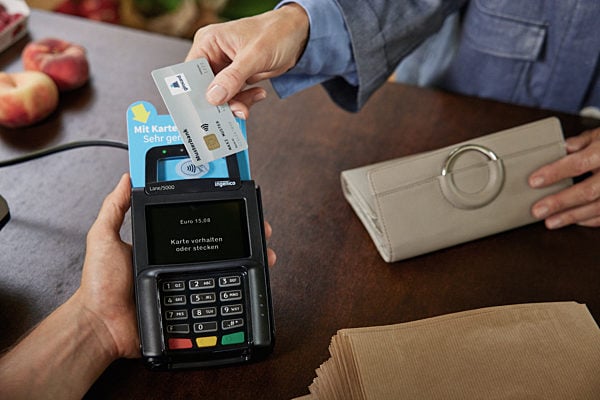According to a report in daily Der Tagesspiegel, most of the country’s banks are distributing – or planning to distribute – such information packs, after being ordered to do so by Consumer Minister Ilse Aigner.
Prompted by two years of bank collapses and bailouts around the world, along with fears that consumers are not always fully informed about what is happening to their money, Aigner has now told the banks she was losing patience and was poised to use the law if necessary.
“The minister’s patience is not endless,” warned her spokesman, Holger Eichele.
Aigner’s department is also drafting its own banking product information pamphlet, Der Tagesspiegel reported.
Postbank will give a pack to its 500,000 depositors in the summer, a spokesman told the paper.
Hypo-Vereinsbank was preparing “a package of measures that will go beyond the spectrum of a pure product information leaflet,” according to a statement. It planned to introduce this package in the spring.
The Sparkasse banks were aiming for a co-ordination of their existing information pamphlets to meet the governments requirements, said spokesman Stefan Marotzke.
ING Diba introduced such an “information pack” last September, while Deutsche Bank has been distributing a similar leaflet for several weeks.



 Please whitelist us to continue reading.
Please whitelist us to continue reading.
Member comments